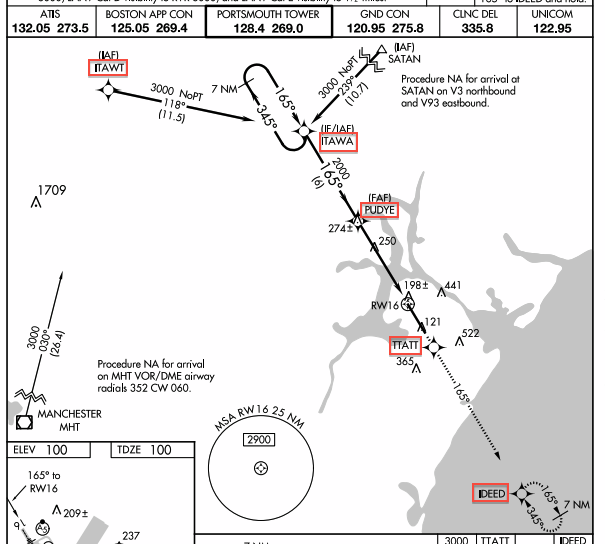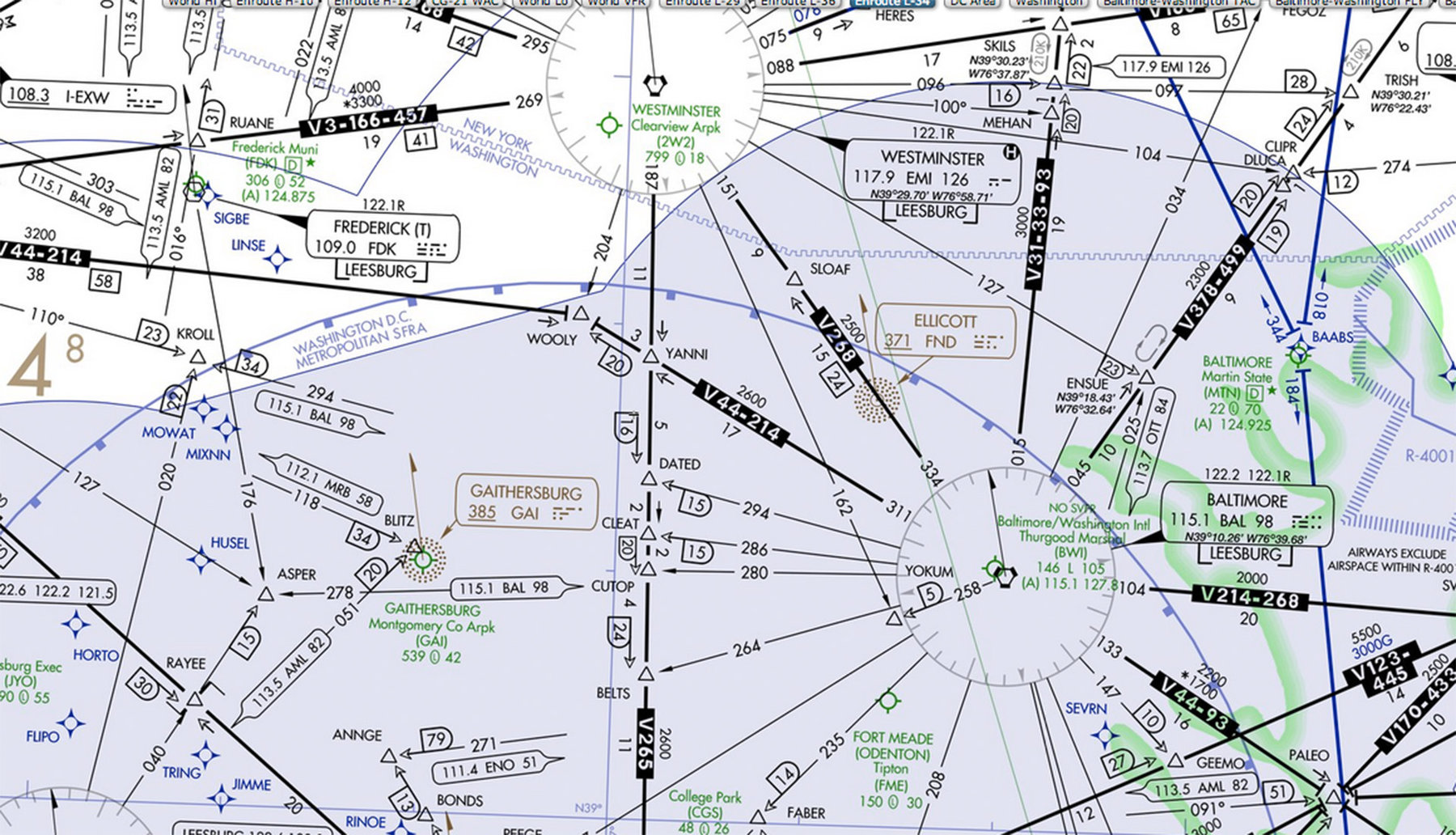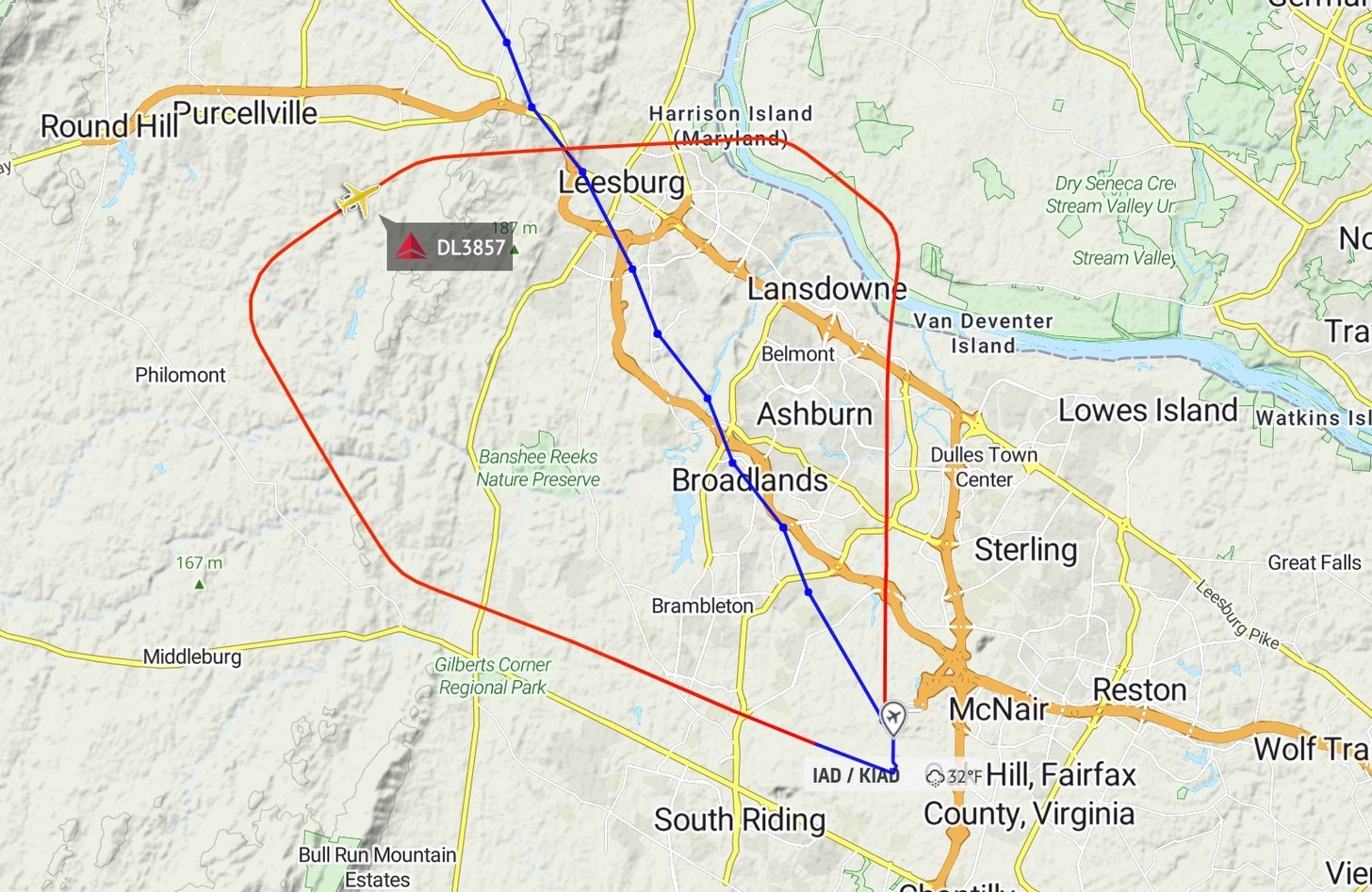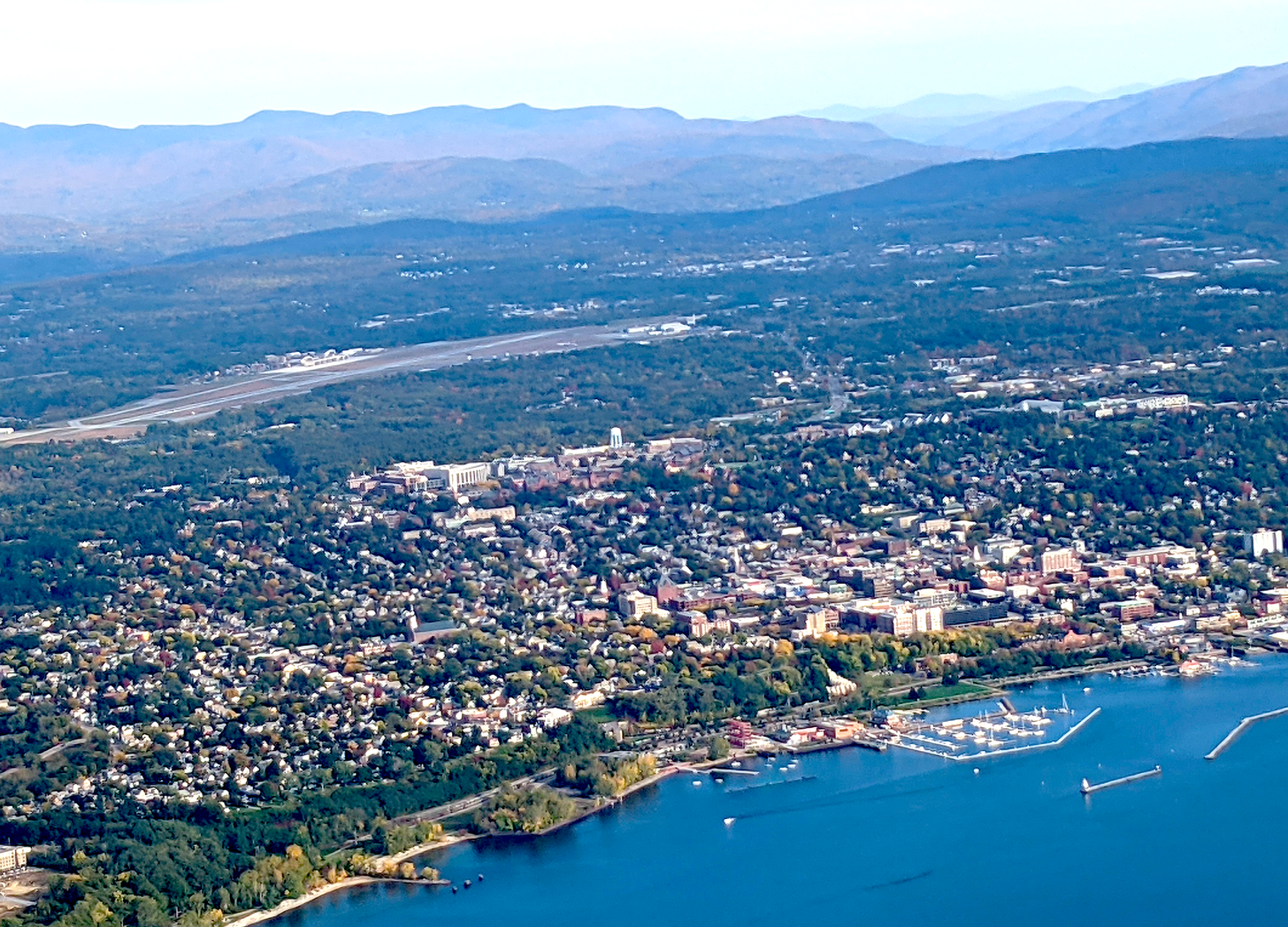Aviation has a lot of special language, like sailing or gymnastics. Its brief, even curt efficiency and orderly templates keep planes on course and out of each other’s way.
For example, when a pilot enters a controller’s airspace, the format is: Greeting. ID. Altitude. Or, as Jim tells me they teach it in pilot school, “Who they are; who you are; where you are; [and when necessary] what you want.” Thus:
Pilot: Denver Center. Cirrus 435 Sierra Romeo. Four-thousand five-hundred feet.
And the air traffic controller’s (ATC) response is: Acknowledgment. Altimeter reading (necessary gauge for determining altitude)
ATC: November 435 Sierra Romeo. Denver altimeter 30.14
And so on. Short. To the point. Unambiguous. No small talk to clog up the frequency.
ATC: “How’s your ride up there?”
Pilots: “Light chop at three-five-zero” or “Moderate turbulence at 5000 feet.”
Sometimes you hear a request for elaboration. An ATC might request the pilot to “Say type of aircraft,” since there are different types of Cirruses or Cessnas..
Or there might be a request for clarification. One day, I was surprised to realize that a little linguistic tic that I thought my husband had acquired was actually aviation talk for “repeat”. In place of the more colloquial (at least to me) “What was that?” Or, “I didn’t quite hear you,” or even “Sorry?” he now says “Say again” in all his normal conversation. He never said that before he became a pilot.
The variation in style is pretty small: a grizzled pilot might slur rather than enunciate. A cool one might swagger through litanies like Maverick or Iceman in Top Gun. An old-rules air traffic controller might stick to the absolutely disambiguating pronunciation for, say, distinguishing 9 and 5 with Niner and Fife.
But there is one special set of aviation jargon, more alien than the concocted vocabulary of Esperanto and more bizarre than patterned wordplay of Pig Latin or Id. This is the lexicon of waypoints, which are the road markers in the sky for directing planes on a course.
When we fly on instrument flight plans (IFR) the ATC will issue an explicit “clearance,” or set of directions on the route to follow, akin to how I might give someone directions on the ground from our house to the great new 50-meter indoor public pool where I swim in Washington DC:
Turn left on Foxhall Road; right on Nebraska; straight through the traffic circle at American University; through next intersection at Wisconsin; another few hundred yards and the pool is on your left.
Here’s how the IFR directions from an ATC could sound for a flight like the one we recently flew to Burlington Vermont from the Washington DC area:
November 435 Sierra Romeo is cleared to Bravo Tango Victor airport, via: On entering controlled airspace, expect radar vectors to Westminster VOR. Then Victor 457 to Lancaster VOR, Victor 39 to East Texas VOR Echo-Tango-Xray, Victor 162 to Huguenot VOR Hotel-Uniform-Oscar, then as filed. Climb and maintain three thousand feet, expect five thousand feet ten minutes after departure. Departure frequency 128.7, squawk four-six-three-five.
The language is strange enough in the best of circumstances. Any non-obvious stop or waypoint is spelled out in phonetic alphabet – Alpha, Bravo, Charlie, Delta, and so on through Zulu. Then you have to learn the difference between the big-deal navigation waypoints, which are known as VORs and all have three-letter names (like EMI, Echo-Mike-India), and the numerous five-letter “intersections” that dot the map and that I’ve found surprisingly fascinating.
A few facts: waypoints are all composed of 5-letter combinations that are supposed to be pronouncible. And there are lots of ridiculous names with funny spellings that are created, which you can find here.
For example, here are some right around our home airport of KGAI –outside DC: TERPZ (in the general U-Maryland area), CHAYN (right over Chain Bridge), WOOLY (for no apparent reason), BGBRO (which is in Maryland but not over the NSA), HUSEL, RUANE, JOXOX, VINNY, BEGKA, VPOOP, PALEO, TIMBE, STOIC, and so on.
I identified a number of word categories, which give you some hint about the kinds of people who are making up the words
Sports fanatics: Near Boston, you have CELTS and BOSOX. Only in Texas you find: GOALL, PPUNT, DRPPD, FTBAL,TEXNN, COACH, QTRBK, TAKKL, RECVR, FMBLE and TCHDN. By Soldier Field; KUBBS and BEARS. In DC GIBBZ, SKINS, and MONKK. In Portland, the pair of TRAYL and BLAZR, balanced by the highbrow OMMSI,(Portland’s Oregon Museum of Science & Industry) and POWLZ (the incredible Powell’s Bookstore).
Foodies: Near Kansas City, you get the regional SPICY, BARBQ, TERKY, SMOKE and RIBBS. And in Vermont and New Hampshire, HAMMM BURGR FRYYS
Guys or maybe Girls (I’m guessing the names are for girlfriends): SUSAN, SUSIE, SUSIQ, SUZAN, SUZEE, SUZEY, SUZIE, SUZIQ, SUZYQ, SUZYY, LIZIE, LIZZE, LIZZY, LIZZZ, ANNEE, ANNEY, ANNNE, ANNII, ANNYE.
Political junkies: By Andrews Air Force Base, you find DUBYA, BUUSH, FORRD, RREGN. No Democrats so far.
Goofballs: Near Pease, NH, there is a famous series of waypoints that read: ITAWT ITAWA PUDYE TTATT IDEED. Read that back, pilot!

Local priders: Near Santa Rosa, California, hometown of Charles Schulz, SNUPY. And in Louisiana, CREOL, ZYDCO, VOODO, RYTHM.
Geographers: Over the Southern California coast you have NEWPO and BALBO (near Newport Beach and Balboa Island), JETTI (off San Diego), and KELPS and BAYVU just off shore.
I promise that if you send me legitimate, interesting Waypoints, I will look for more categories and post an update. Debfallows at gmail dot com.
J Fallows update: The screen shots above are static. But if you go to our Esri Geoblog page, you will see a live, scrollable, zoomable map of the United States with the IFR charts overlaid on it. It takes you initially to the DC-Burlington route Deb describes above, plus some odd waypoint names near Boston (eg, CELTS, LBSTA, WITCH by Salem, and DRUNK).




